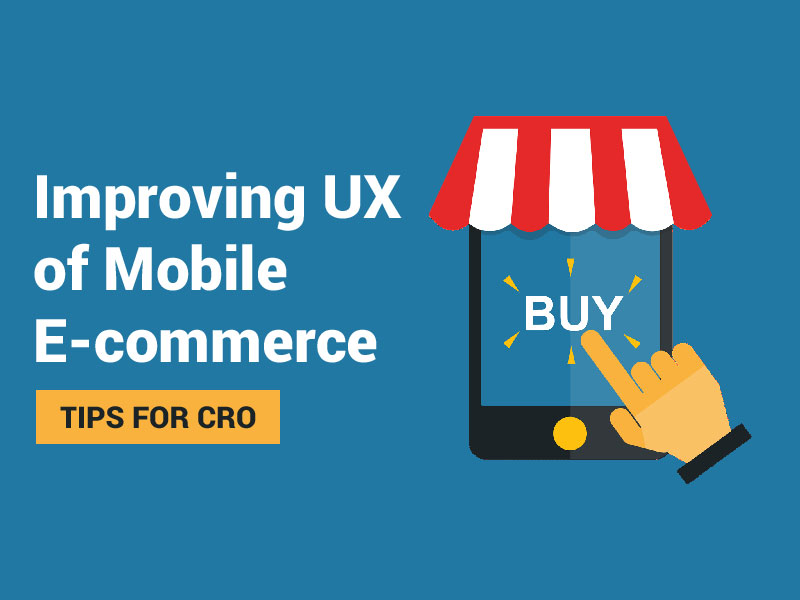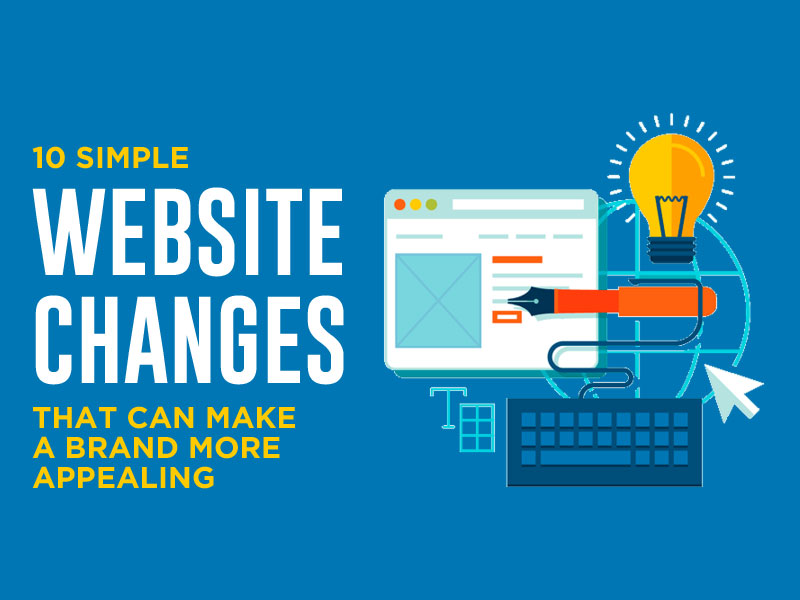This is nothing new, mobile devices have entered the process of choosing and buying online for most users with a straight leg. Any expert web agency will advise you to focus on responsive design taking into consideration the usability of your site from smartphones and tablets.
It goes without saying that if you have an eCommerce , and even more so in the current historical period characterized by the global COVID-19 pandemic, the importance of guiding your user to conversion in the right way becomes even more preponderant. In this article, we will show you some practical tips and best practices that Dad Google gave online shop owners for optimal mobile conversion rate optimization.
If you think you have room for improvement on the UX of your site, you were not satisfied with the sales, this article will certainly be of great help!
Why mobile UX for eCommerce is so important?
In this article we want to bring you an even greater awareness of the importance of these aspects for eCommerce websites, which are rediscovering a new light in these dark moments in which people, forced at home, juggle between online shops and marketplaces of all kinds.
Yes, because online purchases are no longer the prerogative only of enthusiasts and experts, but have also entered the life of those who previously preferred to go personally to the points of sale for their purchases.
For the latter, it is even more important to be able to feel at ease while browsing and shopping online because even more than others they need a fluid experience full of reassurance.
Similarly, thanks to the addition of the section dedicated to Web Vitals on Google Search Console, we know that the quality of the User Experience will become, starting from May 2021, a real ranking factor for Google, which with the new algorithm will reward the websites that offer users comfortable and easy navigation.
The Google and SKIM study on the centrality of an effective mobile UX for eCommerce
What perhaps not everyone knows is that the user purchasing process, complex and diversified, as well as marked by different moments (sometimes hours, days, or weeks apart) often ends with a purchase made from desktop devices instead of mobile.
Google and SKIM, between August 2019 and August 2020, conducted a specific study, called “Mobile pains & incremental gains”, aimed at ascertaining what are the major problems that users face while browsing online from mobile devices.
From this research, it emerged that, among those who surf from mobile, 7 out of 10 users end up not buying from that channel. Of these 7, 4 prefer to complete the purchase offline, via app or desktop, while 3 give up completely. According to the study, conducted in Europe, the Middle East, and Africa, eCommerce is losing profits of up to 7 billion.
The research focuses on Messy Middle, which serves as a fundamental premise. Messy Middle is the expression that Google has coined to identify an evolved purchase path with respect to the now well-known Funnel.
The Messy Middle logic envisages two main phases preceding the conversion, Exploration, and Evaluation. They arise from some triggers that push the user to use their mobile device for online purchases. The user experience on eCommerce is essential at every stage and for each Google provides valid advice to overcome any barriers and allow our users/buyers to feel fully at ease buying online from their smartphone.
Google’s (and ours) advice to improve the UX of mobile e-commerce
How to run for cover then? Here are the tips that Google gives to web developers and web marketing experts to increase mobile conversions by focusing on improving the User Experience.
Improve mobile UX in eCommerce by reducing scrolling stress
One of the major sources of stress in choosing a product, especially in the Exploration phase, is represented by the need to swipe with your finger numerous times.
This action, which however remains fundamental and necessary from mobile devices, must be reduced to a minimum in order to position the fundamental information as high as possible on the various pages of the site.
Let’s take a very simple example: we’re taking a look at some pc mice and scrolling through the product list page. We see an interesting one, we click on it to see the details and we are forced to scroll to the bottom to discover that the product, perhaps, is not available, is totally out of our budget or is not wi-fi as we wanted it. The stress we perceive is considerable.
How to bypass these difficulties?
- 1. Allow your users to always have the most important information about your shop at hand. Do not invent new or hidden positions to link your pages of returns, refunds, and forwarding, appropriate to the standard. This way the user will know exactly where to go to find the information they are looking for. Certainly, he will have to shake his finger, but at least he will do it going without fail!
- 2. Allow your users to filter the products in the best possible way, do not force them to search among 400 products the only 10 that perhaps have a certain characteristic. Also consider keeping the filter bar or menu fixed, so that you don’t have to go back to the top to continue or deepen your research. In addition, it immediately communicates how many results are present for a particular filter: in this way the user will be aware of how much he has to scroll to see them all.
- 3. Promote purchasing decisions by communicating immediately if some products have low availability, in order to lead your user towards a faster choice. Likewise, provide personalized advice whenever possible and immediately highlight the benefits of the products you sell.
- 4. Allow your user to add the products of their interest to a wishlist, so they can come back later for a more streamlined comparison.
Improve mobile UX in eCommerce by providing comprehensive information and promoting comparison between products
One of the biggest difficulties in making mobile purchases is certainly represented by the comparison between articles, especially for the Evaluation phase.
At this stage, our user has already explored the offer on the market of the product he wants, the circle has already narrowed and he has to make choices, discarding alternatives to promote others.
This is a delicate moment because the user presumably will want to leave your eCommerce to see others and be able to make a more careful comparison. Clearly, you will not be able to prevent him from doing this, it is an almost physiological passage in the “Messy Middle”, however, you can make sure that the user is stimulated to stay on your online shop by offering him the possibility to directly compare the products you have in the catalog, or by predicting the questions he will ask and providing him with all the answers he seeks.
The piecemeal comparison between different sites is often a source of stress for mobile purchases; having a clear idea of articles and their characteristics increases the quality of mobile UX.
So here’s what you can do to help him:
- 1. Immediately give the fundamental information about the product, possibly already in the preview so as not to force the user to change the page and keep the overview on alternative products.
- 2. Consider adding a “compare products” section, which reassures the user that they can make the right choice and gives them the tools to proceed.
- 3. Make the prices clear, also considering the shipping costs!
- 4. Pay attention and invest time in writing accurate product descriptions, use quality images (even from different angles if the product requires it), and videos.
- 5. Reassure the user: make all information on shipments, returns, and refunds clear and accessible, and don’t forget the reviews section which, in addition to being often the right trigger to conclude an order, are a great way to diversify your content with respect to those of your competitors and say goodbye to duplicate content that SEOs fear.
Improve mobile UX in eCommerce by facilitating checkout and information release
The moment of checkout is very delicate and, to quote a famous comedian, cathartic. Our user has explored (maybe for days), has carefully evaluated, maybe he has even thought about it a lot. He puts the product in the cart (this time not to abandon it) and clicks on “Proceed to order”. Everything that comes next is essential, nothing can go wrong, otherwise, the buyer will soon buy the same product from a competitor!
Here’s how you can make life easier for your next client:
- 1. First of all make the cart accessible to the best: use cookies to save your users’ cart, do not force them to search the catalog again to complete the purchase.
- 2. Summarize all costs and conditions well. There must be no doubts about what you offer and how you offer it: do not be afraid to reiterate concepts that you may have already expressed previously but at the same time do not dwell too much and do not let it exit the checkout process.
- 3. Reassure your user about your reliability and security of transactions, a minimum of doubt could make them escape.
- 4. Typing is boring! Password: Autocompletion. It uses the Google Maps APIs for addresses and retrieves the data that users have saved on their device to facilitate their entry of name, addresses, emails, etc …
- 5. Provide your users with different payment methods, paying attention to the most common ones. It is important for online shoppers to be able to have security guarantees and follow steps they already know.
- 6. Correctly define the fields to be filled in and the type of data requested: how inconvenient is it to find the alphabetic keyboard when clicking on the telephone number field?
Conclusions
We’ve seen a number of mobile eCommerce CRO tips and best practices from the Google and SKIM study that showed mobile conversion rates are nearly 50% lower than desktop versions of the same sites.
However, the first steps to understanding how to increase mobile purchases are not to follow these tips to the letter, but to test your online shop from mobile and measure the results in search of weaknesses. Where do your potential customers shop? Do they get lost in the catalog or abandon the cart?
To understand where it is necessary to intervene, you can use advanced monitoring tools ranging from the famous Google Analytics (paired with the faithful Tag Manager) to session recording software and heat maps, tools for Conversion Rate Optimization that can give you multiple ideas. and ideas.
And, do you think you have ample room for improvement in the conversion rate of your eCommerce? Not sure where to start to define an Action Plan to make your online shop really effective, especially from mobile devices?
We are also here for this, contact us and we will find out together how to get sales off the ground… Even from mobile!






